Rose here – due to one or two technical difficulties, I’m posting my blogs a bit later than expected. While it might have been better to relate my experience in real time, perhaps one advantage of my procrastination is my ability to recognize in hindsight what misconceptions I had about Cusco when I arrived. With the strong understanding of Peruvian history and culture that I have now, I can appreciate more fully everything that I’ve seen as I look back on the more than 20 full-day tours, hikes and experiences that I’ve done so far. I have more to say than I can possibly fit into a series of blog posts, but I’d like to relate my experience here as thoroughly as I can, starting with my arrival of Cusco.
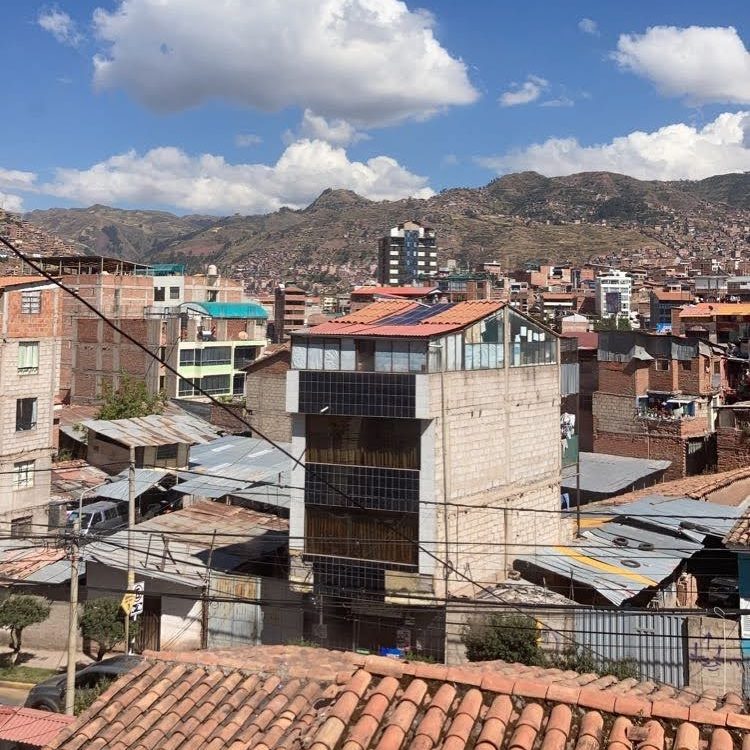
In population, Cusco is about the size of my hometown, Buffalo, but in appearance it could not be more different. Nestled in a valley in the middle of the indescribably large Andes, Cusco is a mass of of brick and concrete buildings that all seem stacked precariously on top of one another. The streets are lined with hostels, small restaurants and cafés, and markets that sell everything from bike chains to underwear. The sidewalks are full of pedestrians, stray dogs, and women selling delicious picarones, kebabs, or fresh fruit juices from carts. Kids walk to school in school uniforms consisting of tracksuits and brightly colored traditional ponchos. Taxis, motorcyles and tour buses honk to get your attention as they whip around the streets without any respect for traffic laws. Massive cacti and desert flowers decorate the parks and doorsteps of the houses.
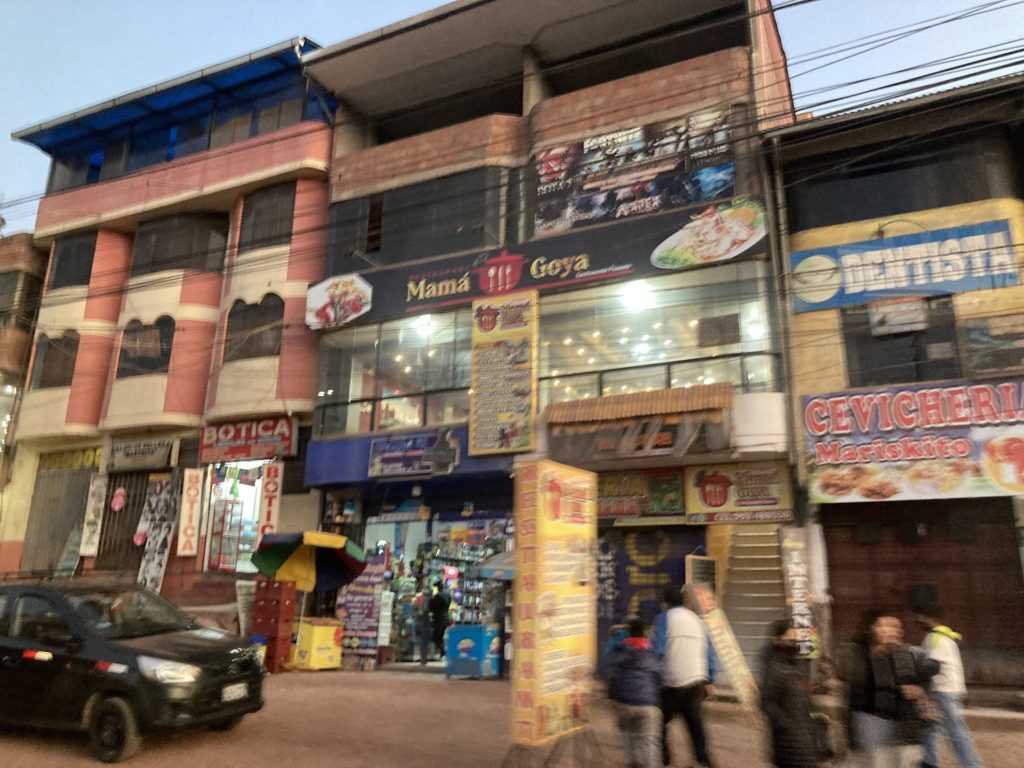
The center of the city is full of hotels, murals and statues celebrating the history of Cusco, and plenty of the buildings and streets were constructed by the Incas in their distinct, immaculately cut stone style. At the very center of the city is the beautiful Plaza de Armas, which is full of tourists, expensive restaurants and vendors advertising massages, shoe shines, and souvenirs. Colonial Catholic churches surround the Plaza, which the Spanish conquistadors intentionally built on top of each of the most important Inca palaces and temples in order to establish their religious dominance. This is one of the many sad truths that the city remembers about the Spanish conquest, but the Plaza de Armas makes sure to commemorate the native history of Cusco with a massive golden statue of Pachacuteq, the most famous and successful Inca emperor.
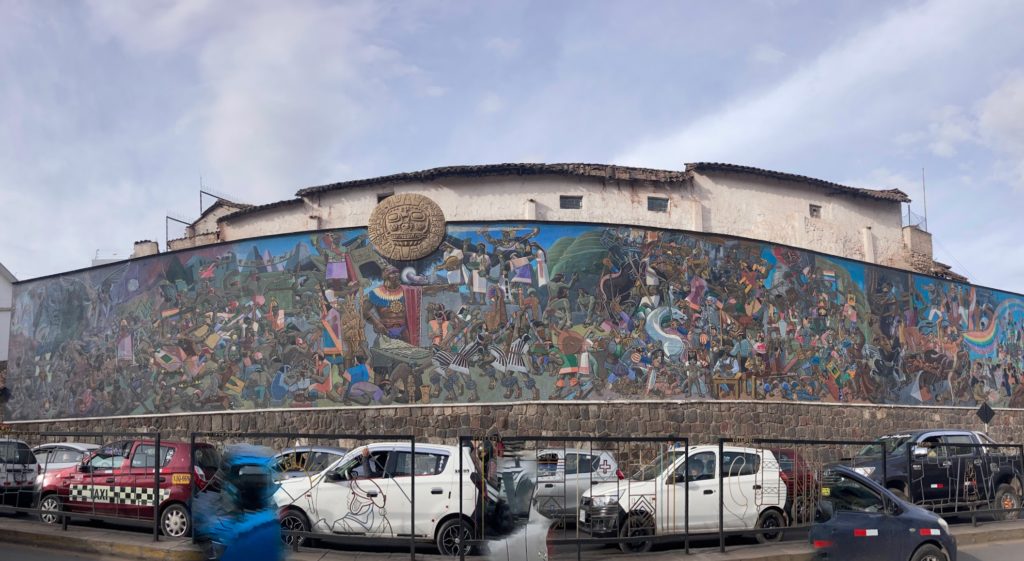
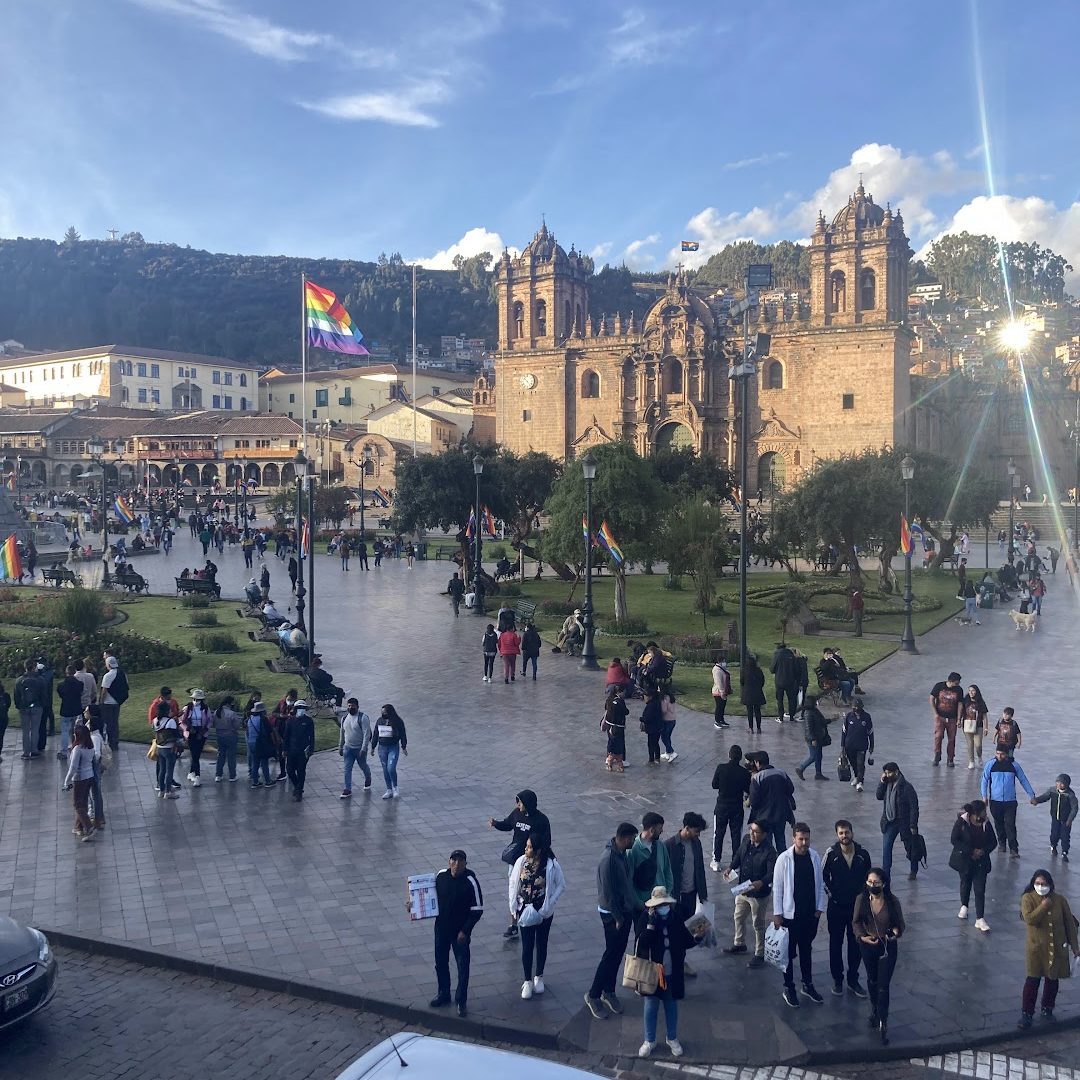
North of the Plaza, as the narrow streets start to climb the steep mountains surrounding Cusco, are the picturesque areas of San Blas and San Cristobal. These areas are characterized by original Inca streets lined by white colonial-style houses with clay tiled roofs. I get my coffee at the Café Siete Borreguitos (Seven Lambs Cafe) in this area. A cappuccino, some ice cream and a picturesque view of the city comes out to just 10 soles, or about $2.75.
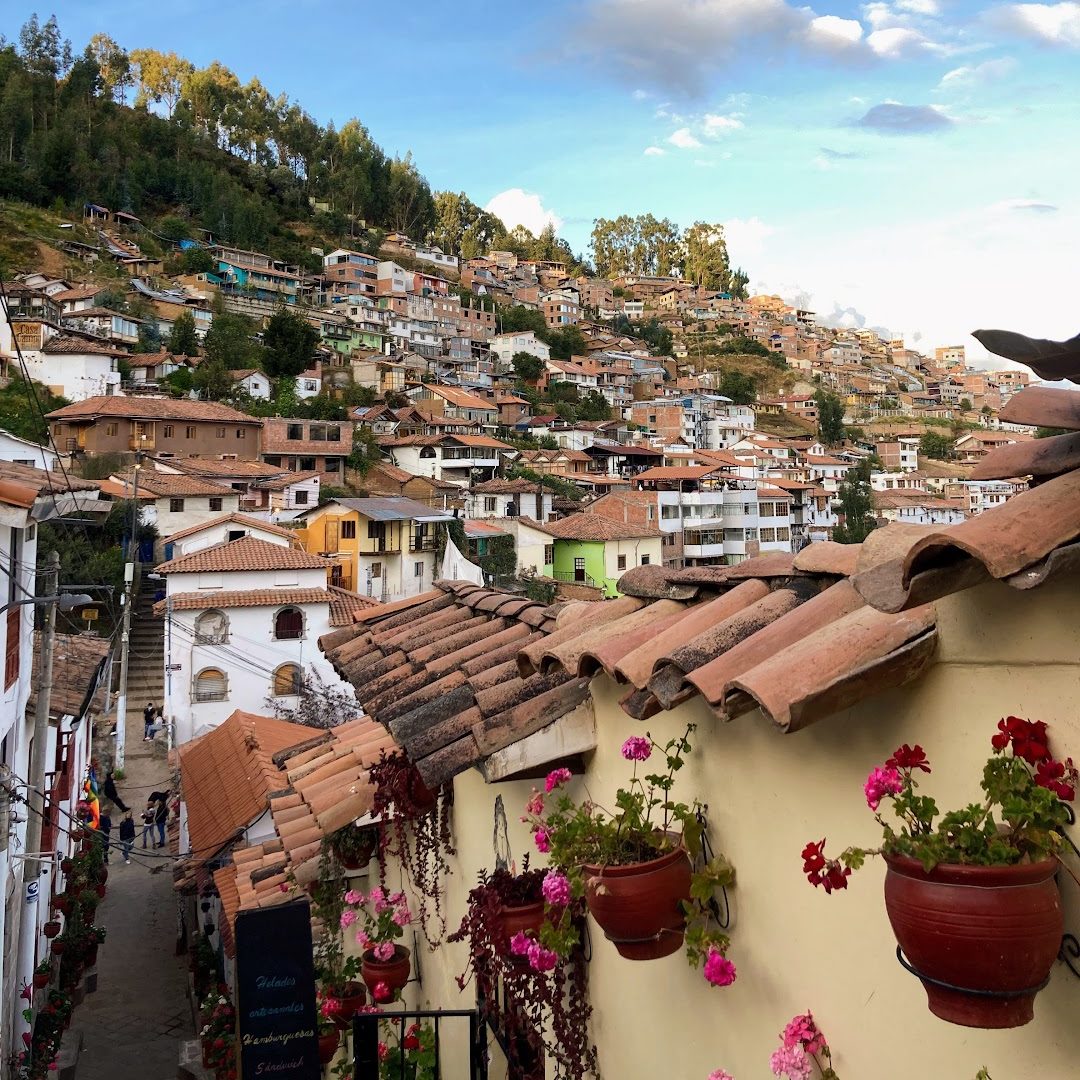
To finish out my first week of classes, I went with my private professor, Angela, to a viewpoint in San Blas that overlooks the whole city. From here you can see the Plaza, the futbal stadium, and my Spanish school, Maximo Nivel. Here I have private Spanish classes for four hours a day. Coming here, I thought I knew a good amount of Spanish, but it turns out that I’ve forgotten a lot of my Spanish in the semesters since I’ve taken language classes. Maximo Nivel started me in the most basic level, but I’m learning so quickly that it seems my Spanish skills double every day.
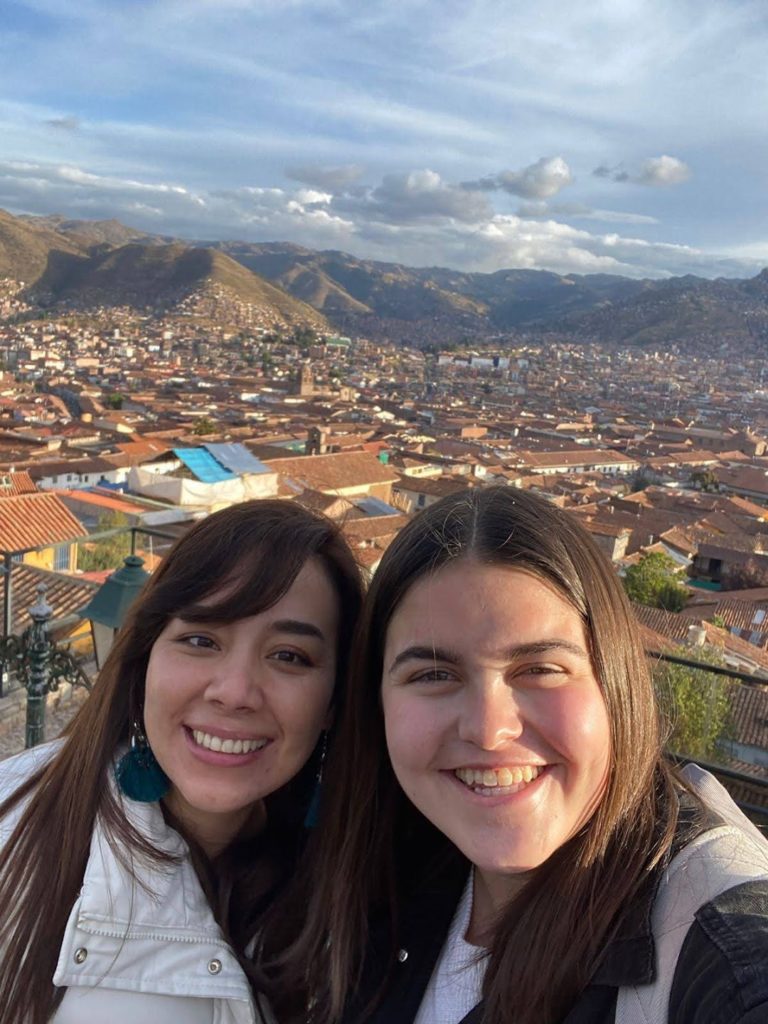
That’s all for now, but stay tuned so I can introduce my host family and more of my experiences in Cusco!